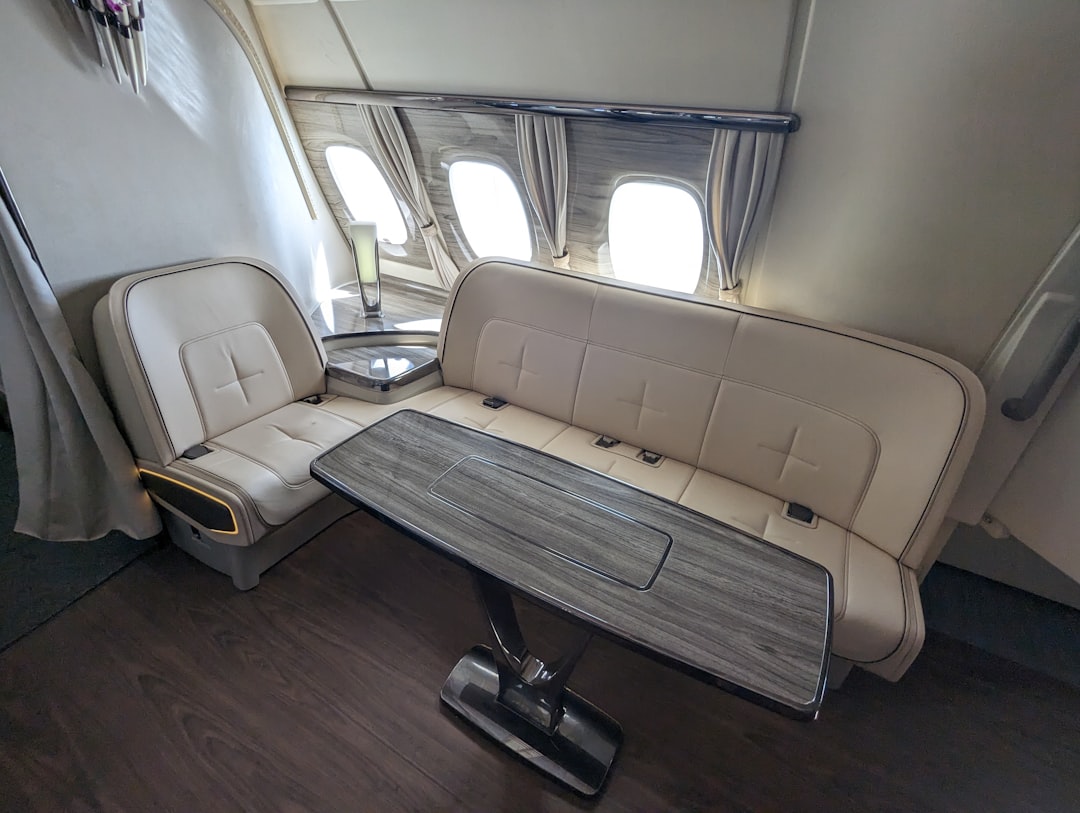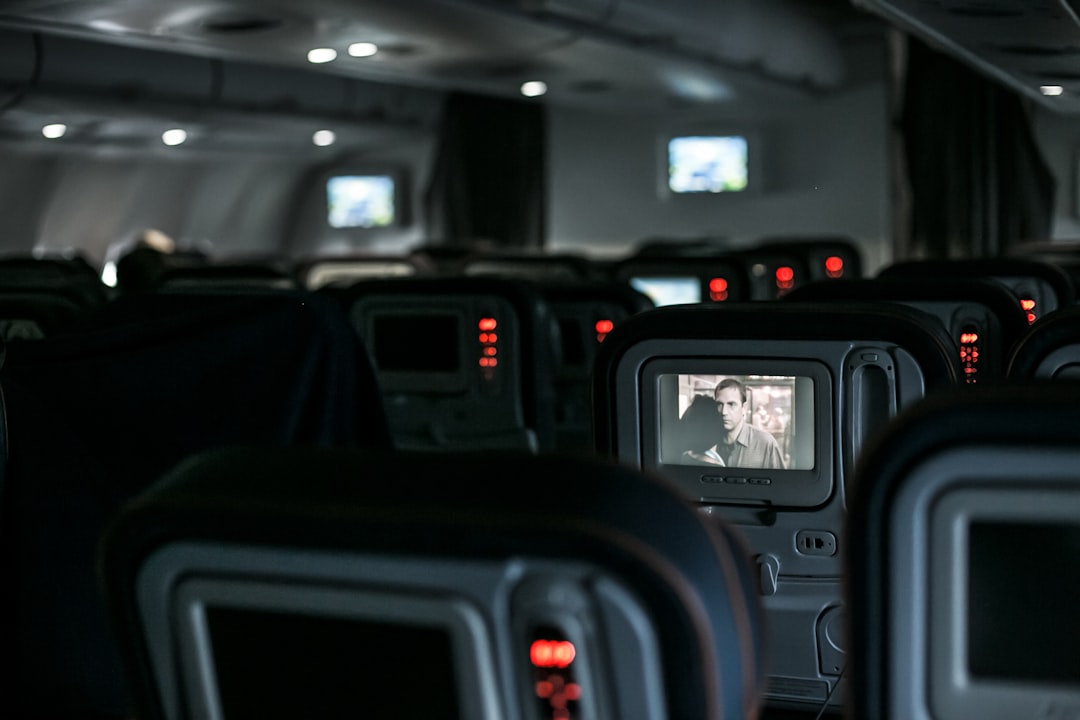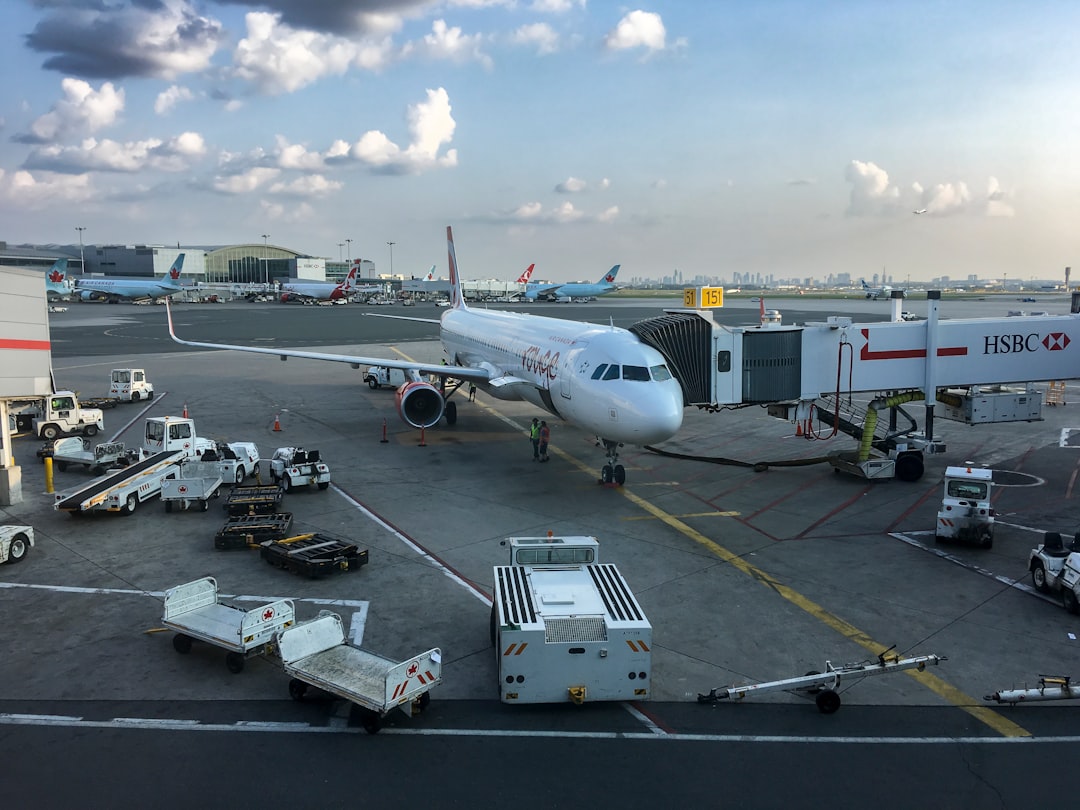Breaking Down Myths What Really Goes into Finding the Cheapest Business Class Flights
Breaking Down Myths What Really Goes into Finding the Cheapest Business Class Flights - Unraveling the Costs: Decoding Business Class Pricing Strategies
Decoding Business Class Pricing Strategies
Business class pricing involves various factors like variable costs, breakeven points, and dynamic pricing strategies. Airlines use complex pricing models to align with their business goals, making it challenging for travelers to find the cheapest fares. While booking in advance, being flexible with dates, and utilizing flight comparison tools can help, the opaque nature of business class pricing remains a mystery for many.
Airlines employ advanced revenue management systems that can adjust business class fares up to 500 times per day based on real-time data and algorithms.
The average markup for a business class ticket compared to economy can be as high as 300%, with some routes seeing markups over 500%.
Hidden fees and surcharges can account for up to 40% of the total cost of a business class ticket, including fuel surcharges, airport taxes, and seat selection fees.
Airlines sometimes strategically price business class tickets just below first class to encourage upgrades, even if the actual cost to the airline is lower.
The timing of when you book a business class ticket can impact the price by over 50%, with the sweet spot typically 4-6 months in advance.
Factors like the day of the week, seasonality, and even your browser history can influence dynamic pricing algorithms used by airlines for business class fares.
Breaking Down Myths What Really Goes into Finding the Cheapest Business Class Flights - The Art of Flexibility: Maximizing Travel Dates and Destinations
Flexibility in travel dates and destinations is crucial for finding the cheapest business class flights. Airlines often offer lower prices for flights with more availability, particularly when dates can be adjusted outside peak travel periods. Tools like Google Flights and Skyscanner provide comprehensive filters and flexible date search options to effectively explore cost variations. Airlines are offering more flexible change policies, allowing free adjustments to dates or routes within certain parameters, which can be leveraged by savvy travelers.
Airlines often offer lower prices for flights with more availability, particularly when dates can be adjusted outside peak travel periods.
Tools like Google Flights and Skyscanner provide comprehensive filters and flexible date search options to effectively explore cost variations in flight prices.
Airlines like American Airlines and EasyJet offer flexible change policies, allowing free adjustments to dates or routes within certain parameters.
Business travelers can leverage flexibility to their advantage by planning trips closer to travel dates, as this allows them to take advantage of promotions and lower prices.
Embracing a flexible mindset enables travelers to explore options beyond their initial plans, potentially uncovering more affordable and fulfilling travel experiences.
Many airline mileage programs have low change and cancellation fees and allow stopovers and open jaws for flexible travelers, resulting in significant savings on award flights.
The Price Graph feature on Google Flights gives a visual representation of prices over a range of dates, making it easier for travelers to find the cheapest flight options.
Breaking Down Myths What Really Goes into Finding the Cheapest Business Class Flights - Miles and Points: Unlocking Premium Cabin Seats
Utilizing miles and points can be an effective way to unlock premium cabin seats, offering significant savings compared to booking directly with airlines. For example, travelers can find United Polaris business class flights to Europe for 88,000 ANA miles roundtrip, a substantial discount from United's own pricing. Similarly, Delta One business class flights can be booked using Virgin points, providing an alternative to the higher-priced options. However, it's crucial to understand the policies and limitations of using miles and points, as not all programs allow for transferability between airlines.
United Polaris business class flights to Europe can be booked for only 88,000 ANA miles roundtrip, compared to United's own pricing of 120,000 miles or more.
Delta One business class flights can be booked using Virgin points, offering significant savings compared to booking directly with Delta.
Searching for "f bc" can help find cheaper business class tickets by identifying mixed cabin itineraries.
JetBlue Mint business class flights across the pond can sometimes be found for under $2,000, but the availability of these fares is limited to certain travel periods.
The key differences between business and first class often come down to seat configuration (lie-flat vs.
angled), space, and amenities, so it's important to evaluate your priorities when choosing between the two.
Miles and points are not always transferable between loyalty programs, so it's crucial to research the policies of the airlines and credit cards you're considering before attempting to use them.
Some credit cards offer lucrative sign-up bonuses that can be used to earn miles and points, but it's essential to understand the annual fees and minimum spending requirements before applying.
Airlines use complex pricing algorithms, making it challenging to predict the most affordable business class fares.
However, monitoring fare sale alerts, being flexible with travel dates, and considering alternative airports can increase your chances of finding cheaper options.
Breaking Down Myths What Really Goes into Finding the Cheapest Business Class Flights - Cruise Lines: An Unexpected Avenue for Business Class Bargains
Cruise lines, such as Scenic River Cruises and Viking River Cruises, can offer business class seats at a lower cost compared to traditional airfare, with some deals starting from around $4,500 per person for European cruises of 15 days or longer. However, travelers should exercise caution when considering unbelievable deals from cruise lines facing financial difficulties, as they may be attempting to generate revenue.
Some cruise lines, such as Scenic River Cruises, offer business class flights as part of their cruise packages, with deals starting as low as $4,495 per person for 15-day European cruises when booked with Emirates or Qatar Airways.
Singapore Airlines partners with select cruise lines to provide business class fares to destinations like Rome, Barcelona, Amsterdam, and London at discounted rates.
Booking partner awards through programs like Asia Miles can significantly reduce the mileage required for business class flights, with flights from New York to Hong Kong costing 80,000 miles, versus 70,000 miles from Los Angeles.
ANA Mileage Club offers one of the cheapest ways to book business class flights to Japan, with roundtrip tickets starting at 75,000 miles.
Membership services like Scott's Cheap Flights can alert travelers to first and business class deals, offering up to 50% savings on select routes.
Viking River Cruises provides business class return flights for $4,995 per person when booking a Europe or Russia itinerary of 13 days or more.
Cruise lines facing financial difficulties may offer unbelievable business class flight deals, but it's crucial to research the cruise line's stability before booking to avoid potential issues.
Purchasing a comprehensive travel insurance policy is recommended when booking a cruise to protect against unforeseen circumstances or financial failures.
Paying for a cruise with a credit card can provide additional consumer protections, such as the ability to dispute charges in the event of a cruise line's financial troubles.
Breaking Down Myths What Really Goes into Finding the Cheapest Business Class Flights - Regional Variations: Exploring Global Pricing Patterns
Understanding Regional Pricing Patterns in the Airline Industry
Airline pricing strategies often vary significantly across different regions, reflecting factors such as local demand, competition, and operating costs. Businesses in the travel sector are increasingly leveraging geographic pricing to optimize revenue and profitability, adjusting ticket prices based on factors like exchange rates, regulations, and customer purchasing power. While this approach can be commercially advantageous, it also highlights the complexities of ensuring fair and transparent pricing for global customers.
The price of a business class flight can vary significantly across different regions due to variations in factors such as cost, demand, competition, and perceived value.
Geographical pricing strategies allow businesses to adjust the prices of their products and services based on the specific market conditions in different geographic regions, which can impact factors like shipping costs, local currency, and demand.
Cost-oriented pricing approaches, such as cost-plus pricing and market skimming, are commonly used by businesses to set prices for their products and services in different markets.
Demand-oriented pricing strategies, like market penetration and market holding, also play a role in shaping regional variations in pricing patterns for business class flights and other products.
Value-based pricing, which considers the perceived value of a product or service to the customer, is another key factor influencing global pricing decisions across various industries.
The 4 Cs framework (cost, competition, customer, and currency) is often used to analyze and understand the drivers behind regional pricing differences for both business and consumer products.
Businesses operating in multiple geographic regions may adapt the prices of the same product or service based on variations in local market conditions, such as exchange rates, demand, and regulations.
The price of Listerine Mouthwash, for example, can vary significantly across cities like New York, Hong Kong, Seoul, Paris, London, and Sydney, reflecting the influence of geographical pricing strategies.
Geographical pricing allows businesses to optimize their pricing to maximize profit margins by tailoring prices to local market conditions, which can lead to substantial price differences for the same product or service across different regions.
While marketers understand the importance of factors like cost, demand, competition, and value in shaping global pricing decisions, pricing remains a complex and somewhat subjective process that requires a deep understanding of local market dynamics.
Breaking Down Myths What Really Goes into Finding the Cheapest Business Class Flights - Insider Tactics: Leveraging Consolidators and Geo-Arbitrage
Leveraging Consolidators and Geo-Arbitrage
Consolidators can be a valuable resource for finding cheaper business class flights, as they purchase unsold airline inventory at discounted rates and resell it to consumers. Additionally, geo-arbitrage, the practice of taking advantage of price differences between locations, can also help travelers uncover significant savings on business class tickets. However, it's important to consider any additional costs associated with utilizing geo-arbitrage, such as transportation or accommodation.
Geo-arbitrage, a financial strategy that takes advantage of differences in the cost of living between different geographic locations, can save individuals up to $80,000 per year by moving just 10 miles, as seen in the example of moving from San Francisco to Oakland.
Consolidators, insiders in the travel industry, purchase unsold inventory from airlines at a lower price and then resell it to customers at a profit, allowing consumers to find cheaper business class flights.
Sweet spot business class airfare sale prices vary depending on the region, with return flights from North America to Europe costing around $1,800, while flights to North America East cost around $1,
There are 8 proven techniques for finding cheap business class tickets, which can be leveraged by working with consolidators and utilizing geo-arbitrage.
Contrary to popular belief, purchasing business class tickets at the last minute does not result in lower prices, as these tickets tend to increase in cost as the departure date approaches.
Consolidator tickets are often just as reliable as those purchased directly from the airline, with similar refund and change policies, dispelling the myth that they are less reliable.
The perception that flying business class is always expensive is a misconception, as the use of consolidators and geo-arbitrage can significantly reduce the cost of business class travel.
The FIRE (Financial Independence, Retire Early) movement frequently utilizes geo-arbitrage to combine high-paying jobs and investments to retire early, taking advantage of local cost of living disparities.
Geo-arbitrage can be applied even without moving internationally, as demonstrated by the example of moving just 10 miles from San Francisco to Oakland and saving $80,000 per year.
Consolidators have contracts with airlines and can offer cheaper business class flights, making them an effective strategy for finding the cheapest business class tickets.
While leveraging consolidators and geo-arbitrage can lead to significant savings on business class flights, it's important to consider any additional costs, such as transportation or accommodation, when utilizing these tactics.


